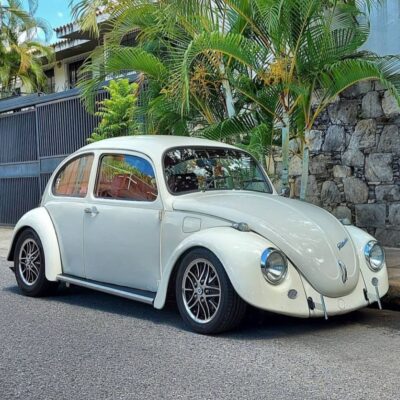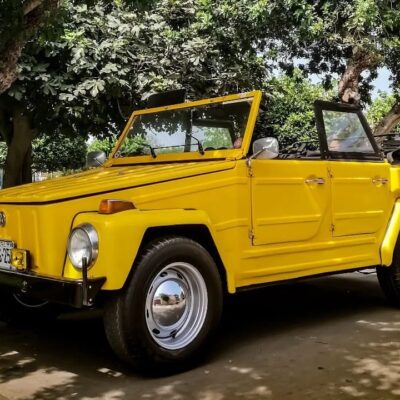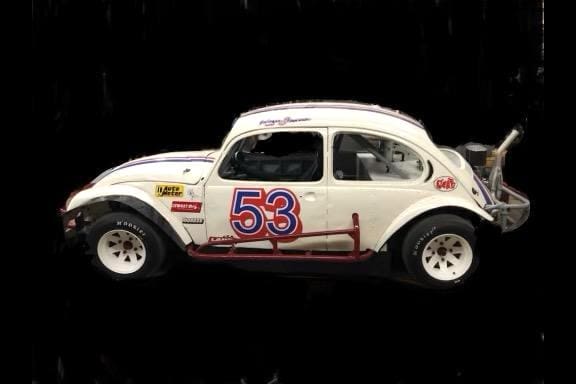The Volkswagen bus, affectionately known as the “VW Bus,” holds a cherished spot in the heart of automotive culture, symbolizing freedom, adventure, and simplicity. This iconic vehicle, first introduced in the 1950s, quickly transcended its utilitarian origins to become a symbol of the counterculture movement of the 1960s and 1970s. Its popularity endures, with enthusiasts and collectors around the globe cherishing these vans for their historical significance, distinctive design, and versatility.
One of the key factors contributing to the VW Bus’s enduring appeal is its unique design. With its boxy shape, spacious interior, and the friendly “face” formed by its front windshield and rounded headlights, the VW Bus exudes an almost human-like charm that draws people in. This design wasn’t just for looks; it maximized interior space, making the bus a practical choice for families, travelers, and businesses alike.
The VW Bus also became a canvas for personal expression. Its large, flat sides were perfect for painting, and many buses were adorned with elaborate murals, peace signs, and other symbols of the era’s counterculture. This made each one unique and a personal statement of its owner, further enhancing its appeal.
Moreover, the VW Bus’s association with freedom and adventure has remained a significant part of its allure. It was, and still is, seen as the perfect vehicle for exploring the open road, embodying the spirit of exploration and the joy of discovery. Its reliability and ease of repair meant that owners could venture far and wide with confidence.
Today, the VW Bus continues to enjoy a passionate following. Enthusiasts restore and customize these vehicles, and communities around the world gather to celebrate their shared love for this iconic van. The VW Bus is more than just a vehicle; it’s a symbol of a bygone era, a piece of moving art, and a testament to the enduring human desire for freedom and expression. Its popularity shows no signs of waning, ensuring that the VW Bus will continue to capture imaginations for generations to come.
For over 50 years, SCAT has developed, engineered, and manufactured the most comprehensive product line in the automotive aftermarket. SCAT has grown from a distributor of specialty Volkswagen parts into the premier manufacturer and distributor of high-performance aftermarket engine components for a wide range of American and foreign engines. SCAT, one of the original founders of the VW aftermarket, is extremely proud of its 42,000-square-foot manufacturing and warehousing facility in Redondo Beach, California, U.S.A., where it houses over 20 CNC machines, 12 crankshaft grinding machines, 8 polishers, 12 rod honing machines and complete in-house manufacturing, engineering, and programming capability. It is with this capability and the capability of overseas manufacturing operations that SCAT is able to deliver the highest-quality and most-reliable performance parts in the industry. SCAT has many new product offerings and continues to offer the most comprehensive line of aftermarket parts for VW.
SCAT is dedicated to continuing our quest for excellence to keep Volkswagens running and performing at the highest level. As always, SCAT wants to thank you for your business and look forward to continuing to service your VW aftermarket performance needs.




